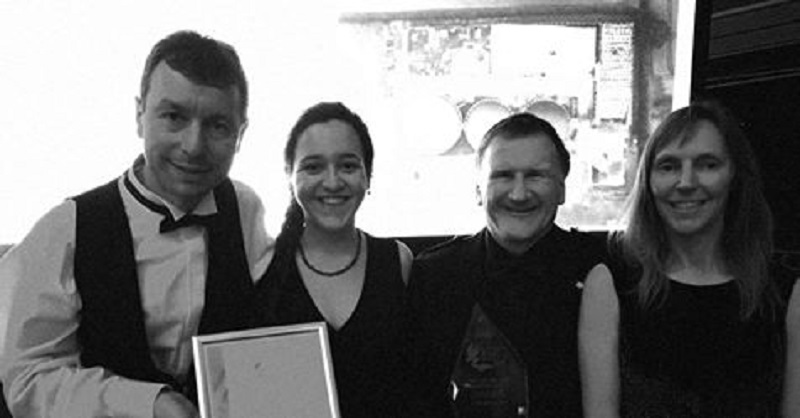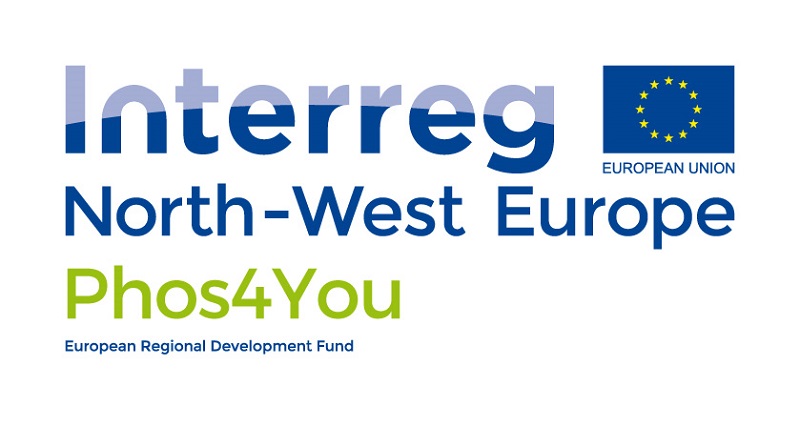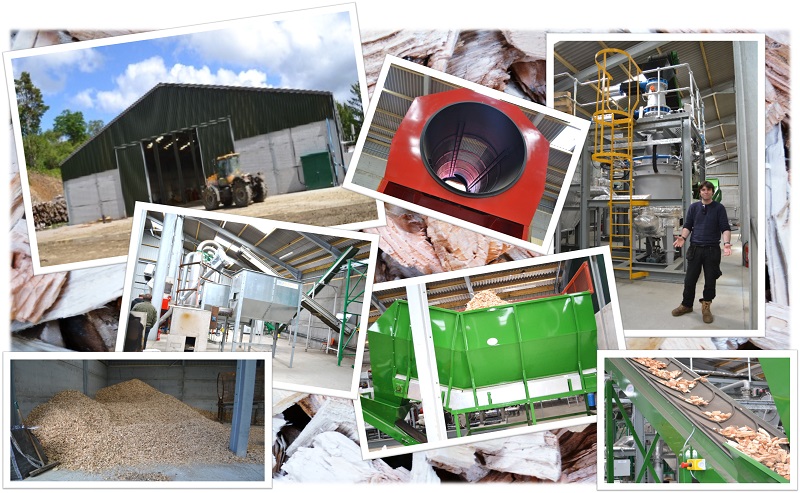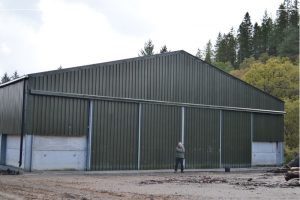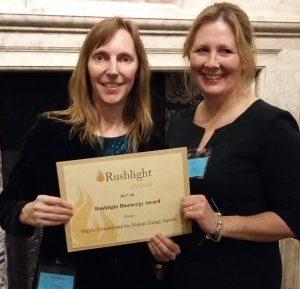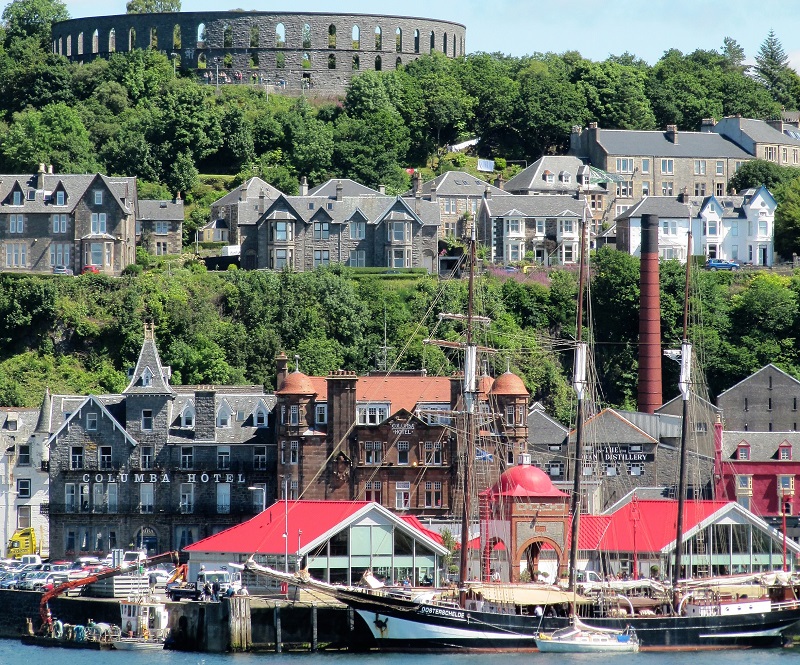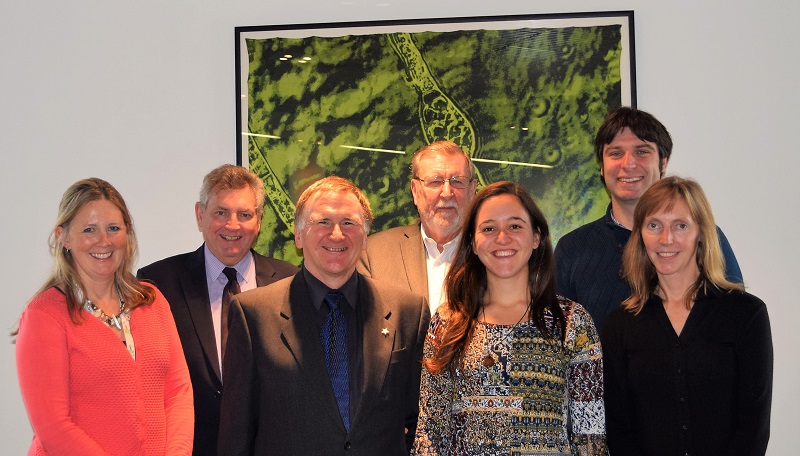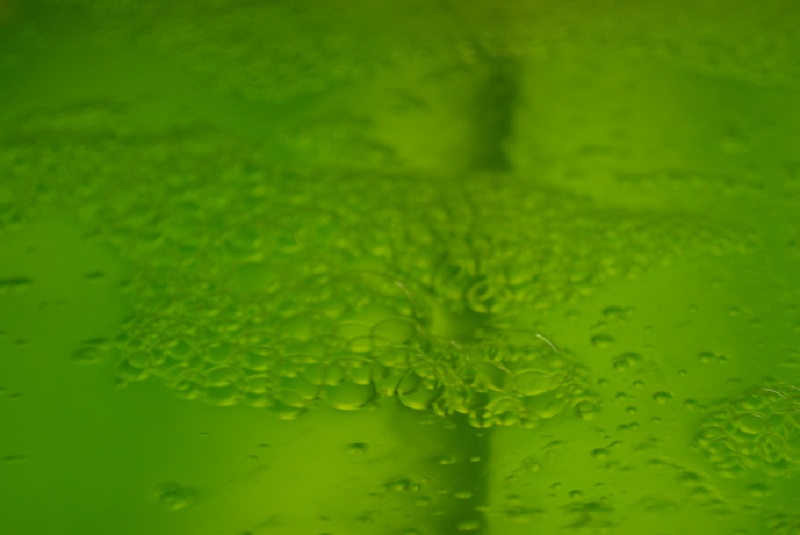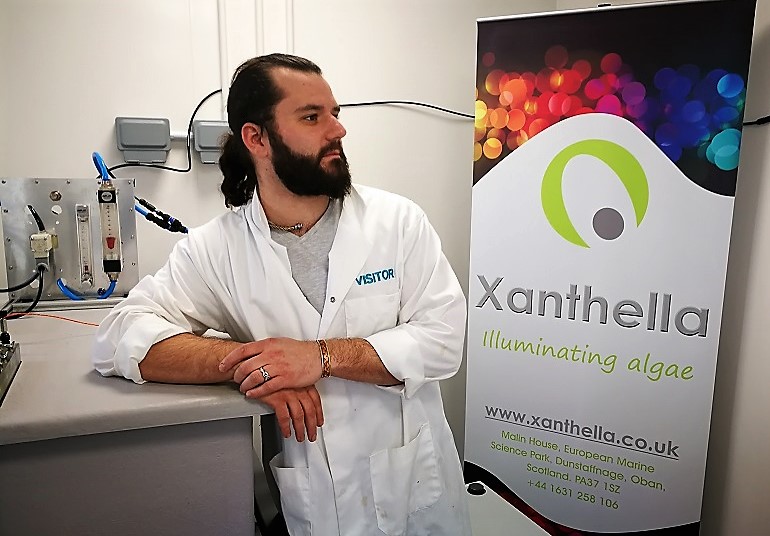
Xanthella is delighted to welcome Dr. Sebastien Jubeau to their team as Research Director.
Sebastien has a master’s degree in plant chemistry and quality of plant products from Agrocampus Ouest (Rennes, France). During his internship at Ifremer Nantes he discovered the world of microalgae, working on the production of exopolysaccharides by different species. Aware of the huge potential that microalgae represent, he decided to complete his master’s degree in biotechnology and bioprocess at Nantes University and studied the production of an exometabolite by a diatom during his internship at laboratory GEPEA (Saint-Nazaire, Nantes). He then spent the next three years working on his PhD thesis on the biorefinery of the red microalga Porphyridium cruentum. He successfully developed a process to valorise the whole biomass enabling production of different high value extracts.
After his thesis, he became project manager at AlgoSource Technologies where he was in charge of all projects concerning downstream processing and microalgae valorisation. During this time he was a project partner, work package leader and project leader in various projects, including FP7 BIOFAT project, the ADEME Algoraff project and the H2020 BBI Magnificent. He has also worked with private companies to develop new microalgal based products for the nutraceutical, cosmetic and feed markets. He is the co-author of 11 scientific articles and 2 patents.
Sebastien is looking forward to getting involved in the innovative ASLEE and ENBIO projects at Xanthella.


